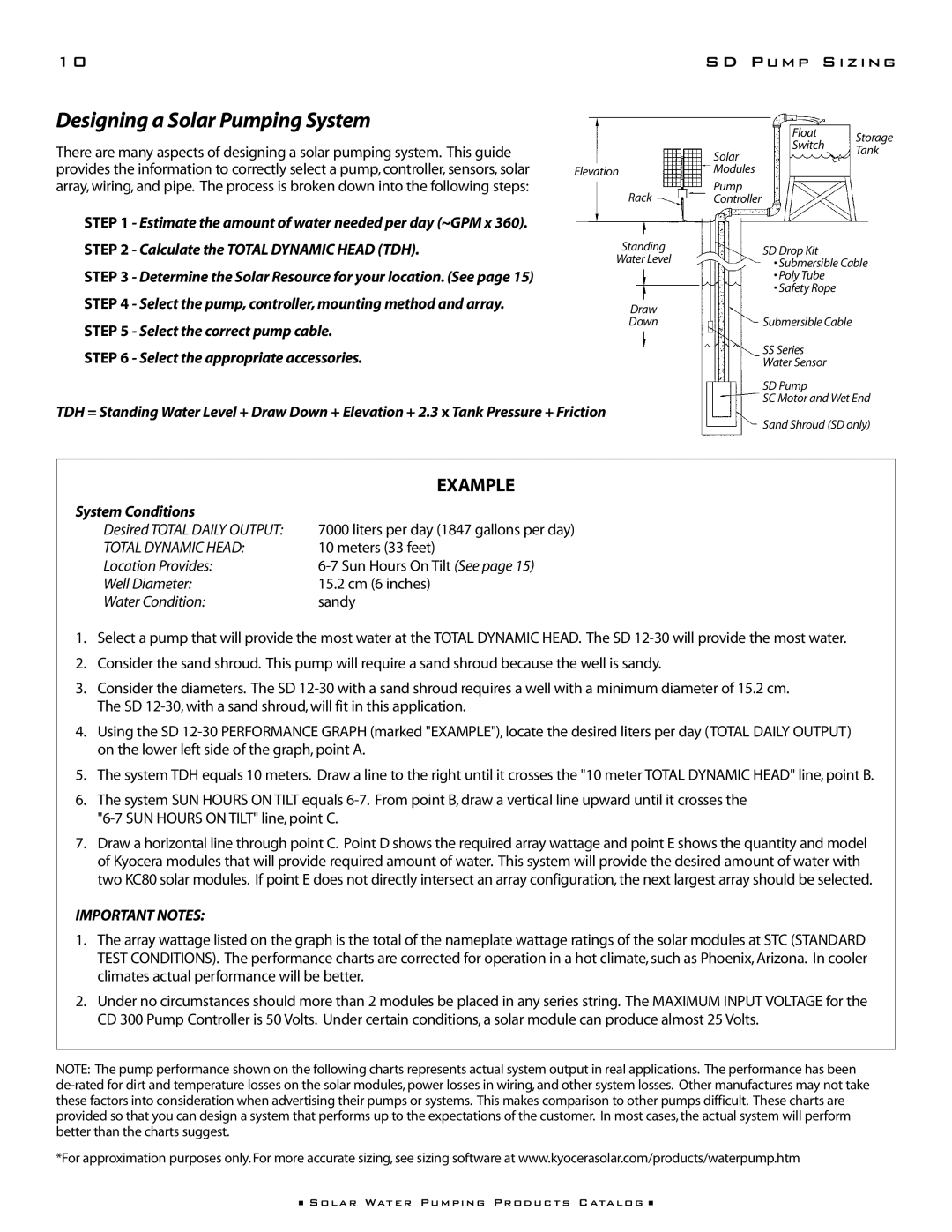SD 6-35, SD 3-70, 85221, 85222 specifications
Kyocera has established a strong reputation for its innovative and reliable technology solutions. Among its notable offerings are the Kyocera 85222, 85221, SD 3-70, and SD 6-35 models, each designed to meet the diverse needs of various industries.The Kyocera 85222 and 85221 are advanced mobile devices aimed at enhancing productivity in field operations. Both models feature a rugged design that meets military-grade specifications for durability. This ensures that they can withstand harsh environments, making them suitable for construction sites, manufacturing facilities, and outdoor operations. These devices are equipped with high-resolution displays that deliver excellent visibility, even under direct sunlight, allowing users to work effectively in any lighting condition.
One of the key features of the Kyocera 85222 and 85221 is their long battery life. These devices are engineered to last through extended working hours, reducing the need for frequent charging. Additionally, they incorporate robust communication capabilities, including 4G LTE and Wi-Fi connectivity, enabling seamless communication in real-time. They also support advanced security features, ensuring that sensitive data remains protected in field operations.
Transitioning to the Kyocera SD 3-70 and SD 6-35, these models cater to professionals in various sectors, including logistics and warehousing. The SD series is notable for its compact design, making them easy to handle and transport. They come with high-performance scanning capabilities, enabling fast and accurate data capture, which is essential for inventory management and tracking.
Another crucial aspect of the SD 3-70 and SD 6-35 is their integration with advanced software solutions. These devices offer compatibility with popular enterprise applications, enhancing workflow efficiency and data accuracy. The SD series is also designed to facilitate easy updates and maintenance, ensuring that users can keep their devices running optimally without disruption to their operations.
Overall, Kyocera's 85222, 85221, SD 3-70, and SD 6-35 models exemplify the company’s commitment to delivering robust, user-friendly devices that cater to the needs of a wide range of industries. With a focus on durability, connectivity, and performance, these models stand out as reliable solutions for professionals working in challenging environments. Their advanced features and technologies are tailored to enhance productivity, streamline operations, and ensure secure data management, making them valuable assets in any business toolset.

